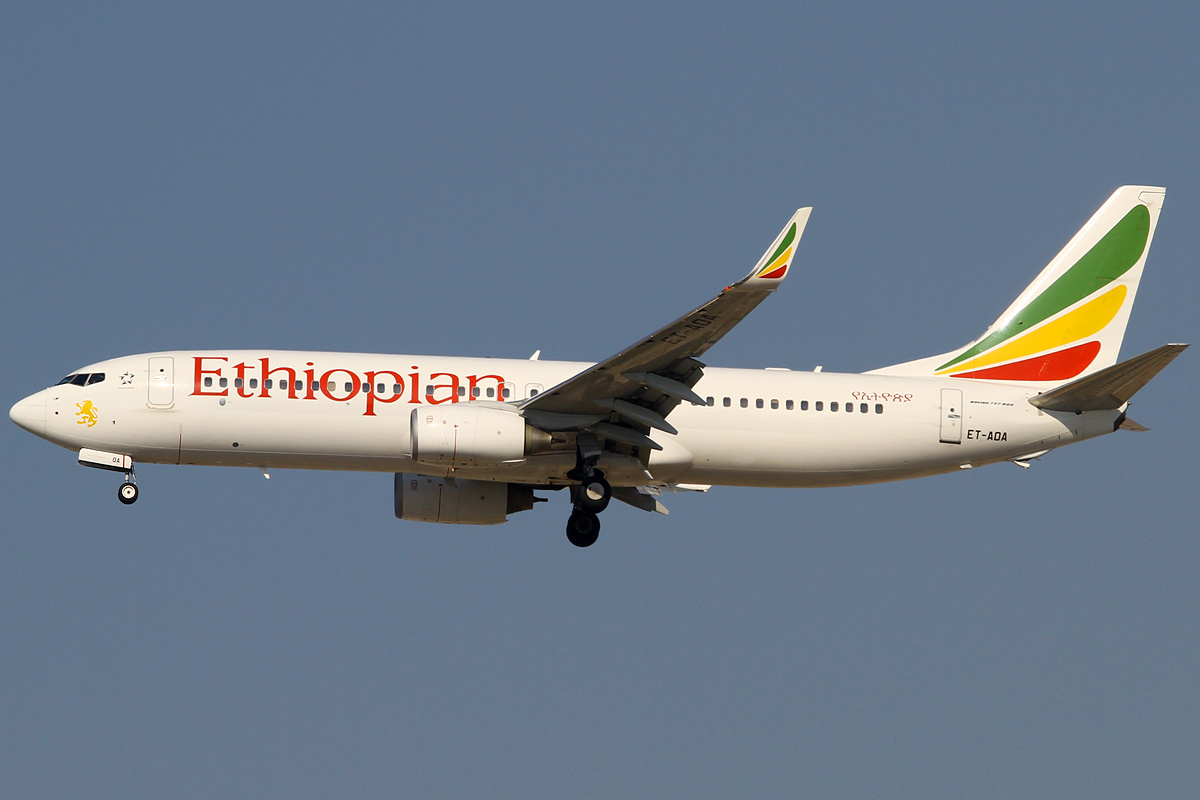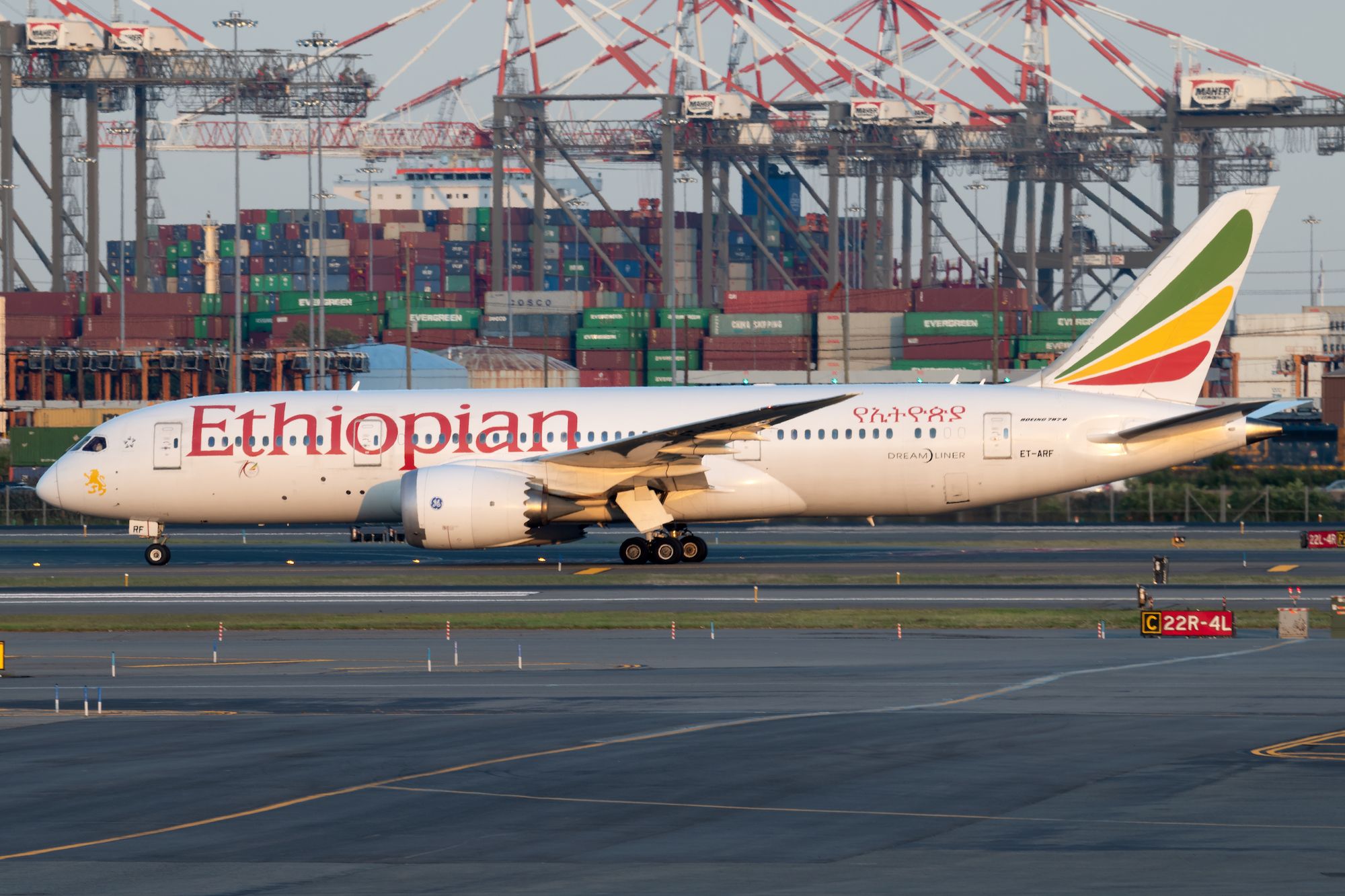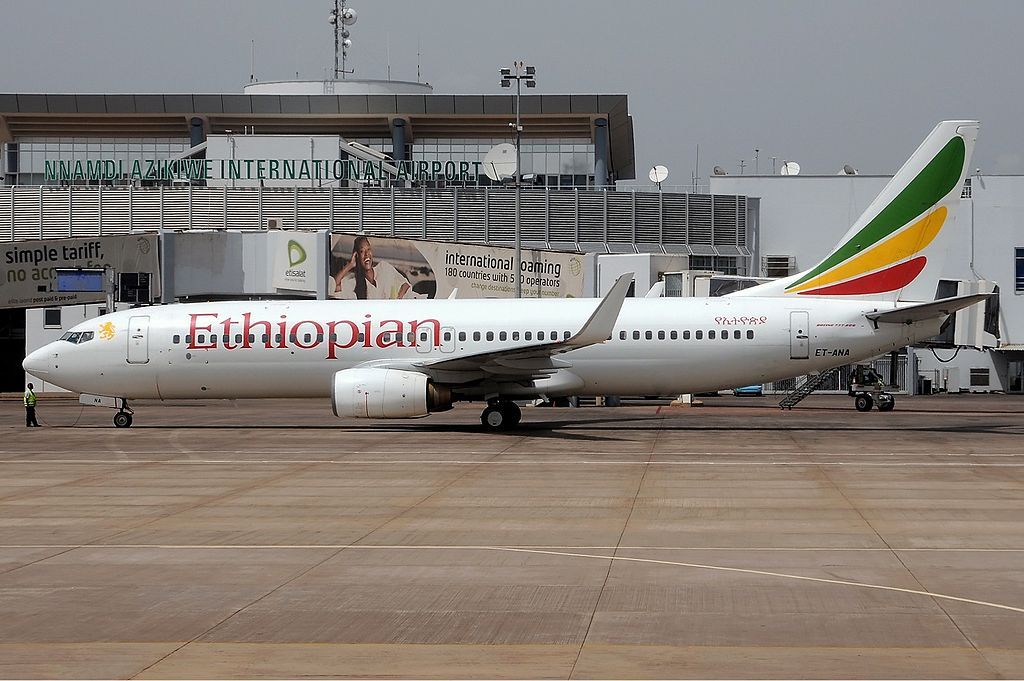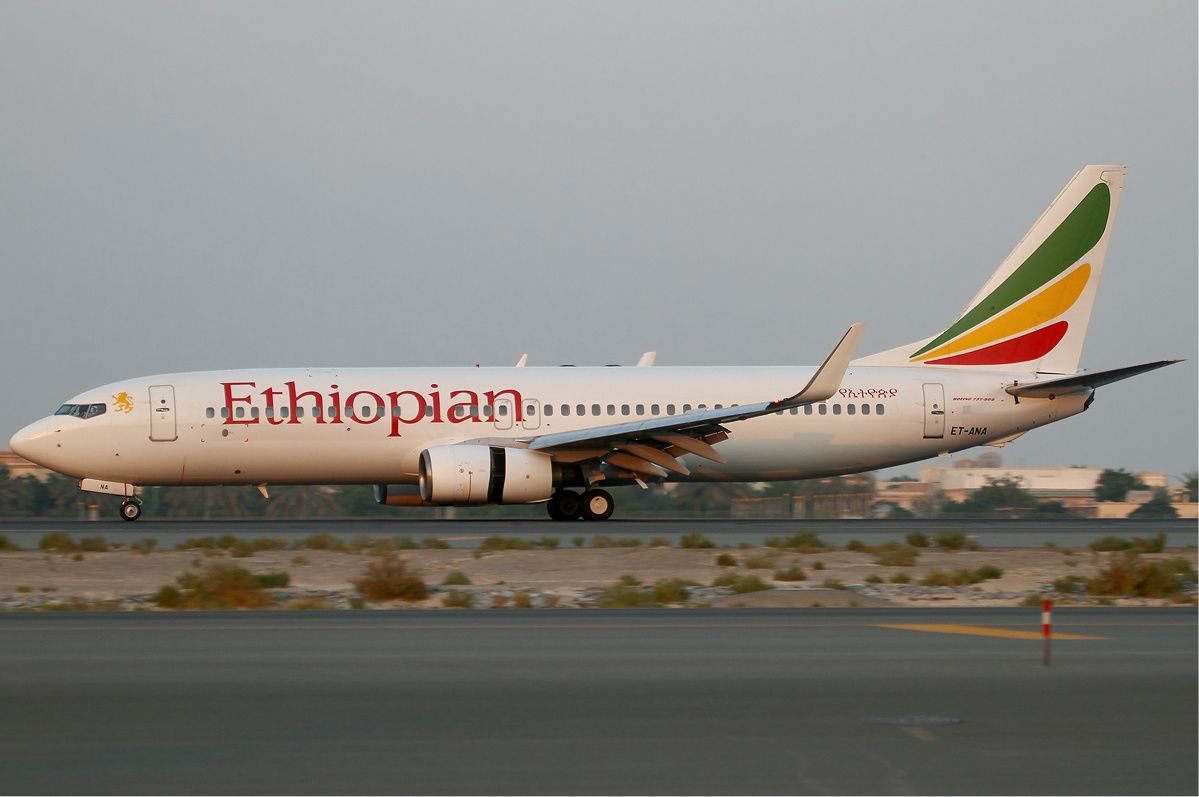On August 15th, an Ethiopian Airlines Boeing 737 overflew the runway at Addis Ababa because the pilots had fallen asleep. The flight had left Khartoum, Sudan (KRT) and was en route to Addis Ababa (ADD), Ethiopia, when the pilots both fell asleep during the cruise portion of the flight. The autopilot followed the approach route to the airport but remained at flight level 370. Air Traffic Control attempted to reach the pilots multiple times with no success. Eventually, the autopilot disconnected, and the disconnect alarm woke the pilots. The pilots safely landed on runway 25L roughly 25 minutes after overflying the runway.
Asleep at the yoke
An Ethiopian Airlines flight number ET-343 missed the runway at ADD because the pilots were asleep. The incident occurred on August 15th aboard a Boeing 737 registered ET-AOB. The flight had left KRT and was cruising at flight level 370 when the pilots fell asleep. The flight continued along its projected course thanks to the autopilot. During the cruise portion of the flight, Air Traffic Control quit receiving communication from the pilots. ATC continuously attempted to reestablish contact with them. The aircraft followed the pre-programmed route and began flying the approach procedure for runway 25L at ADD. It held its altitude at Flight level 370 throughout the approach.
Upon overflying the runway, the autopilot disconnected. This disconnect triggered the disconnect alarm, called a wailer. This woke the pilots. The pilots managed to return to the airport and land on Runway 25L safely. The aircraft landed roughly 25 minutes after overflying the runway. All passengers and crew members were safe. The airline has yet to make any official comments regarding the incident. Simple Flying has reached out to Ethiopian for a comment and will update this article once it has heard back.
Pilot fatigue
Fatigue caused the pilots to fall asleep and overfly the runway. Pilots are subject to high fatigue levels while working long days away from home for multiple days at a time. This has been a problem in commercial aviation since its inception. Numerous aircraft accidents and incidents have been the result of pilot fatigue. Many aviation analysts blame this problem on airlines for the strenuous work life they place on pilots. Airlines have stated that the inherent nature of flying long trips causes fatigue. Whatever the cause, all parties can agree that it is a severe and dangerous problem.
Industry issues
Over the past several decades, schedules have improved for pilots offering more time to rest between trips and added time for rest during trips. It has also become a standard in aviation across the globe that all pilots perform a personal check to verify that they are well rested and fit to operate an airplane before flying. These added measures have undoubtedly helped prevent many fatigue-related accidents and incidents. Unfortunately, they have not stopped all of them.
Discover more aviation news.
Some proposed ideas for addressing this issue discussed between airlines and lawmakers include further restricting the number of hours a pilot may fly in a day and limiting the number of trips a pilot may fly in one day.
What do you think of this incident? Let us know in the comments below.
Source: FlightRadar24.com, The Aviation Herald




